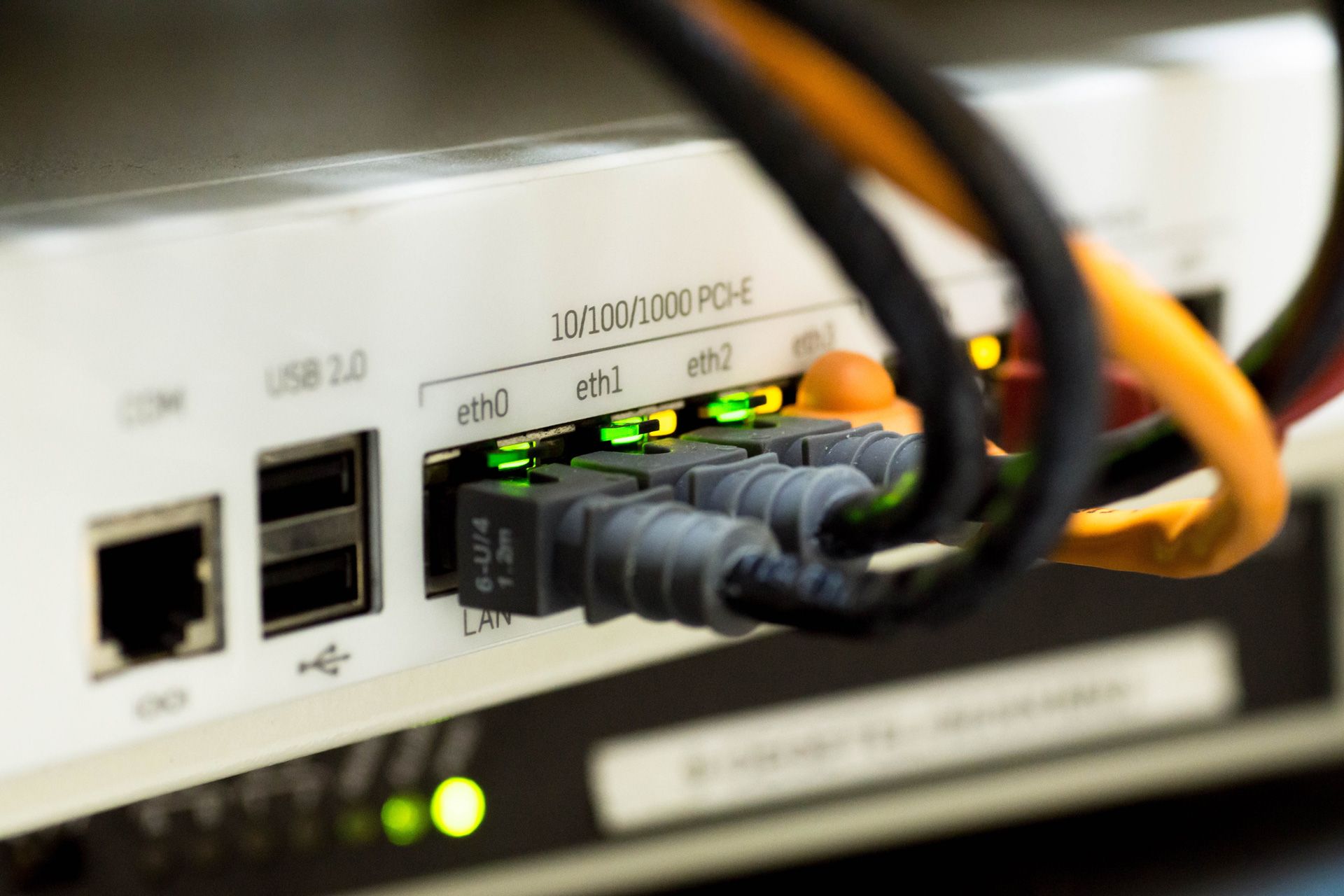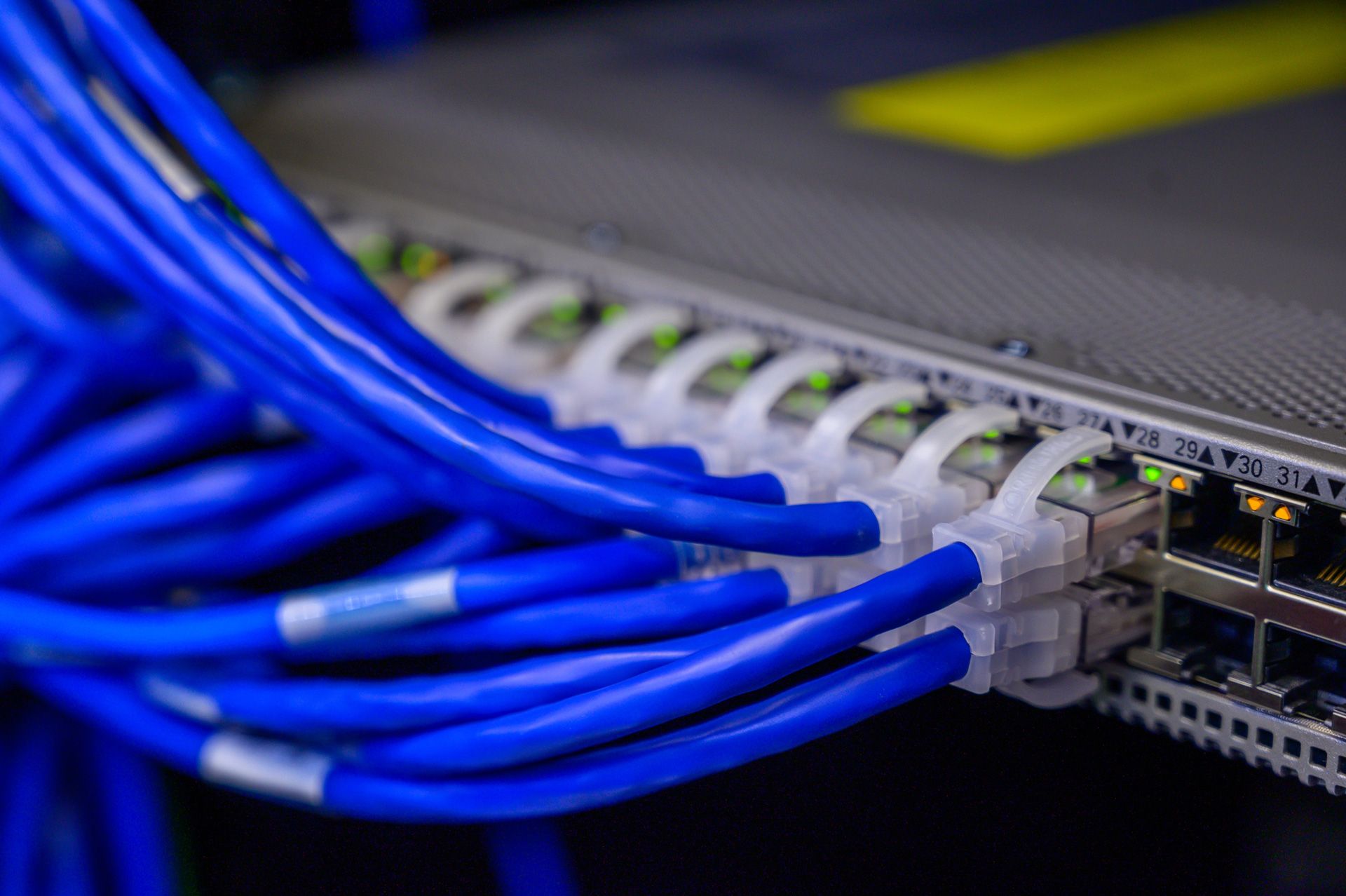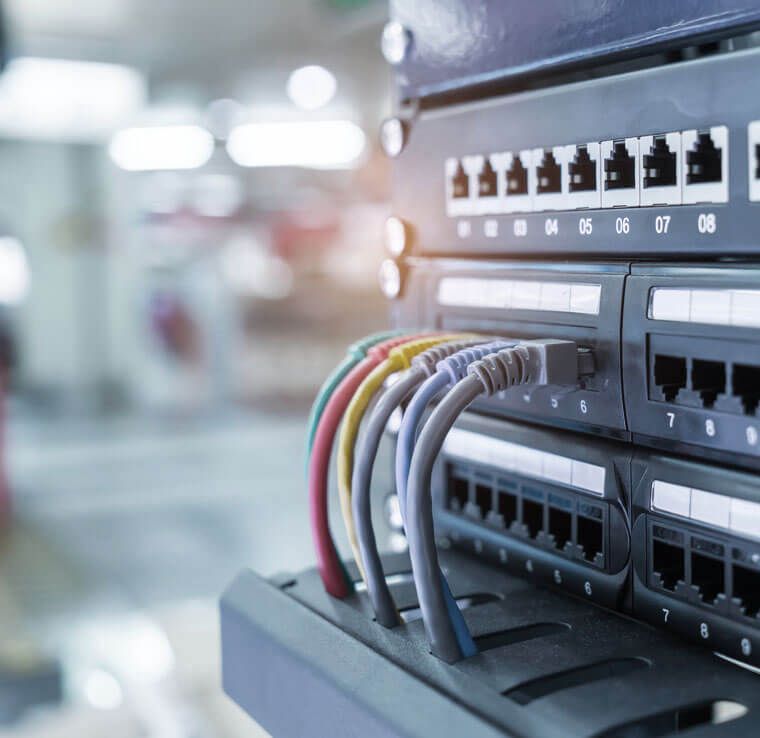Network Topologies: Choosing the Right Configuration

Diving into the world of network topologies is like unlocking a map to efficient communication. It's crucial, whether for a cozy home setup or a sprawling corporate network. The right topology can turbocharge your network, ensuring smooth data flow and robust connectivity. It's not just about connecting dots; it's about crafting a digital ecosystem that's both resilient and adaptable. Ready to unravel the mystery of network topologies? Let's navigate through the choices to find the perfect fit for your networking needs.
Understanding Network Topologies
At the heart of every network lies its topology, the structural blueprint that dictates how devices interact. It's the unsung hero of data flow, ensuring that every byte finds its path efficiently. From the bustling avenues of a star topology to the interconnected web of a mesh, each structure offers unique benefits and challenges. But why does this matter? Because the right topology is like the perfect city layout; it makes everything accessible, reliable, and scalable. Let's break down the big three: star, bus, and mesh, to understand how they shape your network's world.
Star Topology
Picture a central hub, the heartbeat of your network, with devices orbiting it like planets. That's the star topology. It's a favorite for its straightforward, clean design. Devices connect individually to a central node, creating a series of point-to-point connections. This setup shines in its simplicity, making it easier to pinpoint issues and add new devices without disrupting the network.
Advantages of the star topology include:
- Ease of Troubleshooting: With devices independently connected to the central hub, identifying and fixing problems is straightforward.
- Scalability: Want to grow your network? Just add more stars to the sky. The star topology allows for easy expansion.
- Improved Performance: Each device has a direct line to the network, minimizing data traffic jams.
However, it's not without its drawbacks. The central hub is both a strength and a weakness. If it fails, the entire network feels the blackout. This reliance on a single point makes the network vulnerable, emphasizing the importance of selecting robust hardware and considering redundancy for critical setups.
Bus Topology
Envision a city bus route, a single cable line with devices hitching a ride along its path. This is bus topology: simple, cost-effective, and straightforward. Devices are connected to a central cable, the bus, which acts as the shared communication line. Data packets travel along this bus, stopping at each device to see if it's the intended recipient.
The bus topology's advantages are clear:
- Simplicity: With all devices connected to a single cable, the bus topology is easy to set up and understand.
- Cost-Effectiveness: It requires less cable than other topologies, making it a budget-friendly option for small networks.
- Ease of Installation: Adding new devices is as simple as connecting them to the main cable.
However, the bus topology isn't without its challenges:
- Network Congestion: As the network grows, so does the traffic on the bus, leading to potential data delays.
- Scalability Issues: There's a limit to how many devices can effectively share the bus before performance takes a hit.
- Vulnerability to Failures: If the main cable fails, the entire network goes down. Maintenance and troubleshooting can also be more complex due to the shared communication line.
Despite these limitations, the bus topology remains a viable choice for smaller, simpler networks where cost and ease of setup are key considerations.
Mesh Topology
Imagine a network where every device is connected to every other device, a web of direct links creating multiple paths for data to travel. Welcome to the mesh topology, the champion of redundancy and fault tolerance. This setup is all about reliability; with so many connections, the network can reroute traffic if any link goes down, ensuring continuous operation.
The highlights of mesh topology include:
- Robustness: With devices interconnected, the network can handle failures gracefully, rerouting data as needed.
- Fault Tolerance: The mesh is resilient, maintaining operations despite individual node failures.
- Optimal Path Selection: Multiple pathways allow for the selection of the fastest or most reliable route for data packets.
However, mesh topology comes with its considerations:
- Complexity: Setting up and managing a mesh network can be complex due to the sheer number of connections.
- Cost: More connections mean more cables and network hardware, driving up the initial setup cost.
- Scalability Challenges: While adding devices enhances redundancy, it also increases the complexity and cost proportionally.
Recent advancements in mesh topology, especially in wireless networks, have made it an attractive option for creating flexible, resilient networks. It's particularly popular in scenarios requiring high availability and reliability, such as emergency services and military applications.
Factors to Consider When Choosing Network Topology
Picking the right network topology isn't a one-size-fits-all affair. It's about aligning your network's architecture with your specific needs, goals, and constraints. Here are the key considerations to guide your selection:
- Size and Complexity of the Network: Larger, more complex networks might benefit from the scalability of a star or the robustness of a mesh topology. Simpler setups could lean towards the straightforward bus topology.
- Reliability and Fault Tolerance Requirements: If your network can't afford downtime, the redundancy of a mesh topology could be your best bet. For environments where temporary disruptions are manageable, a star or bus topology might suffice.
- Scalability and Future Expansion Plans: Planning to grow your network? Star topology offers easy scalability. However, if you anticipate a need for unparalleled reliability and flexibility, consider the mesh topology, despite its higher complexity and cost.
- Budget Constraints: Cost is always a consideration. The bus topology generally requires less investment in hardware and setup, making it suitable for budget-conscious setups. Conversely, the mesh topology, while offering superior reliability and fault tolerance, comes with a higher price tag due to its complexity and the amount of cabling and devices needed.
Comparison and Decision-Making
When you lay it all out, each topology serves its purpose, tailored to specific scenarios:
- Star Topology: Ideal for networks where simplicity, ease of management, and scalability are paramount, albeit with a watchful eye on the central hub's reliability.
- Bus Topology: Suits small, cost-sensitive networks where simplicity and minimal investment are key, with an acceptance of potential scalability and congestion issues.
- Mesh Topology: Best for setups where network reliability and data path redundancy are non-negotiable, especially in critical applications, though at a higher cost and complexity.
Choosing the right topology hinges on balancing these factors, aligning them with your network's specific demands and future aspirations.
Conclusion
Selecting the right network topology is a strategic decision that underpins the efficiency, reliability, and scalability of your network. It's about matching your current needs with future goals, all while navigating the constraints of budget and complexity. By thoughtfully considering your options and aligning them with your specific requirements, you can lay the foundation for a network that not only meets today's demands but is also primed for tomorrow's challenges. Remember, the best topology is the one that serves your unique context, ensuring your network is a robust backbone for your digital activities. Ready to build a future-proof network? Assess, decide, and connect with confidence.
If you're in Charlotte, NC, and on the hunt for top-notch American broadband networks that offer a comprehensive suite of services, you're in luck. For anyone needing robust internet solutions, whether it's for an apartment complex, new construction, or simply adding more network outlets, there are providers that stand out for their expertise and range of services. Here's what to look out for:
- Broadband Networks: Seek out providers that deliver high-speed internet with reliability at their core. The ideal company should offer cutting-edge technology in fiber optics and broadband for seamless connectivity.
- Interior Cabling for Apartment Complexes: For multi-dwelling units, interior cabling is key. Choose a provider skilled in designing and installing efficient networks that cater to the dense layout of apartment complexes.
- Structured Cabling: This backbone of any network infrastructure must be meticulously planned and executed. Look for expertise in structured cabling systems that support multiple hardware uses and promote scalability and organization.
- Fiber Optics: The gold standard for speed and reliability, fiber optics is a must for any forward-thinking network installation. Companies specializing in fiber optic solutions can provide the bandwidth and speed modern users demand.
- Coaxial Cable Installation: Though not as advanced as fiber optics, coaxial cables are still widely used and essential for certain applications. Providers that offer coaxial cable installation can cater to a broad range of networking needs.
- Wifi Installation and Management: With the omnipresence of wireless devices, WiFi is a necessity. Providers that offer comprehensive WiFi installation and management services ensure your network's wireless segment is robust and secure.
- New Construction Internet: Integrating internet infrastructure into new constructions requires foresight and planning. Providers with experience in new construction projects can embed state-of-the-art internet connectivity into the fabric of new buildings.
- Additional Network Outlets for Internet and Phones: Expanding connectivity within a building often means adding more network outlets. A service provider adept at extending your network's reach can enhance accessibility and convenience for users.
When selecting a provider in Charlotte, NC, for these services, prioritize those known for their reliability, customer service, and technological prowess. Look for companies with strong local reputations and the capacity to customize solutions to your specific needs. Whether you're managing an apartment complex, overseeing new construction, or upgrading existing infrastructure, partnering with the right broadband network provider is key to unlocking seamless connectivity and future-proofing your investments.

Leave us your info
Sign up to our newsletter
We will get back to you as soon as possible
Please try again later
CONTACT US
11009 Astoria Dr, Charlotte, NC 28262, United States of America
(336) 210-5445
dtm3tv@gmail.com
BUSINESS HOURS
- Mon - Fri
- -
- Sat - Sun
- Closed







